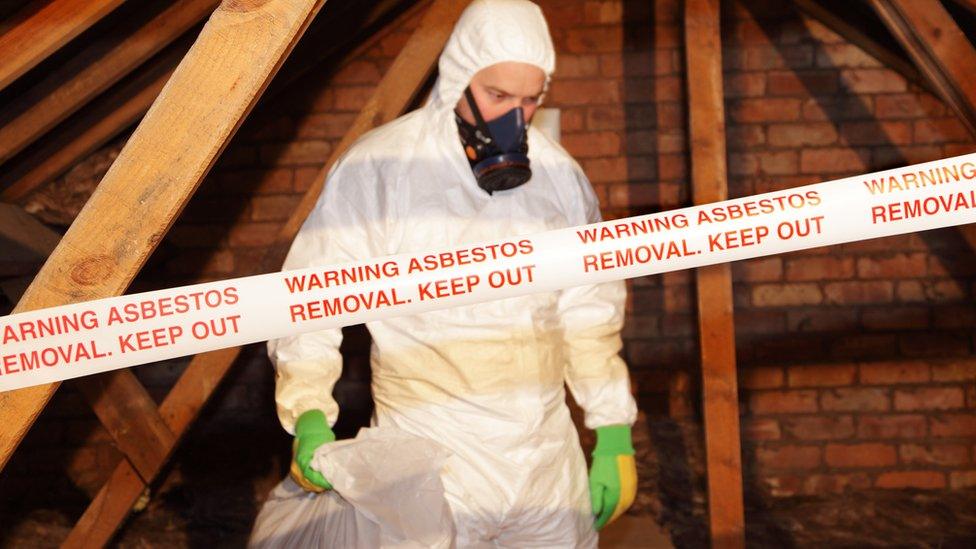Asbestos illegally dumped 281 times in five years
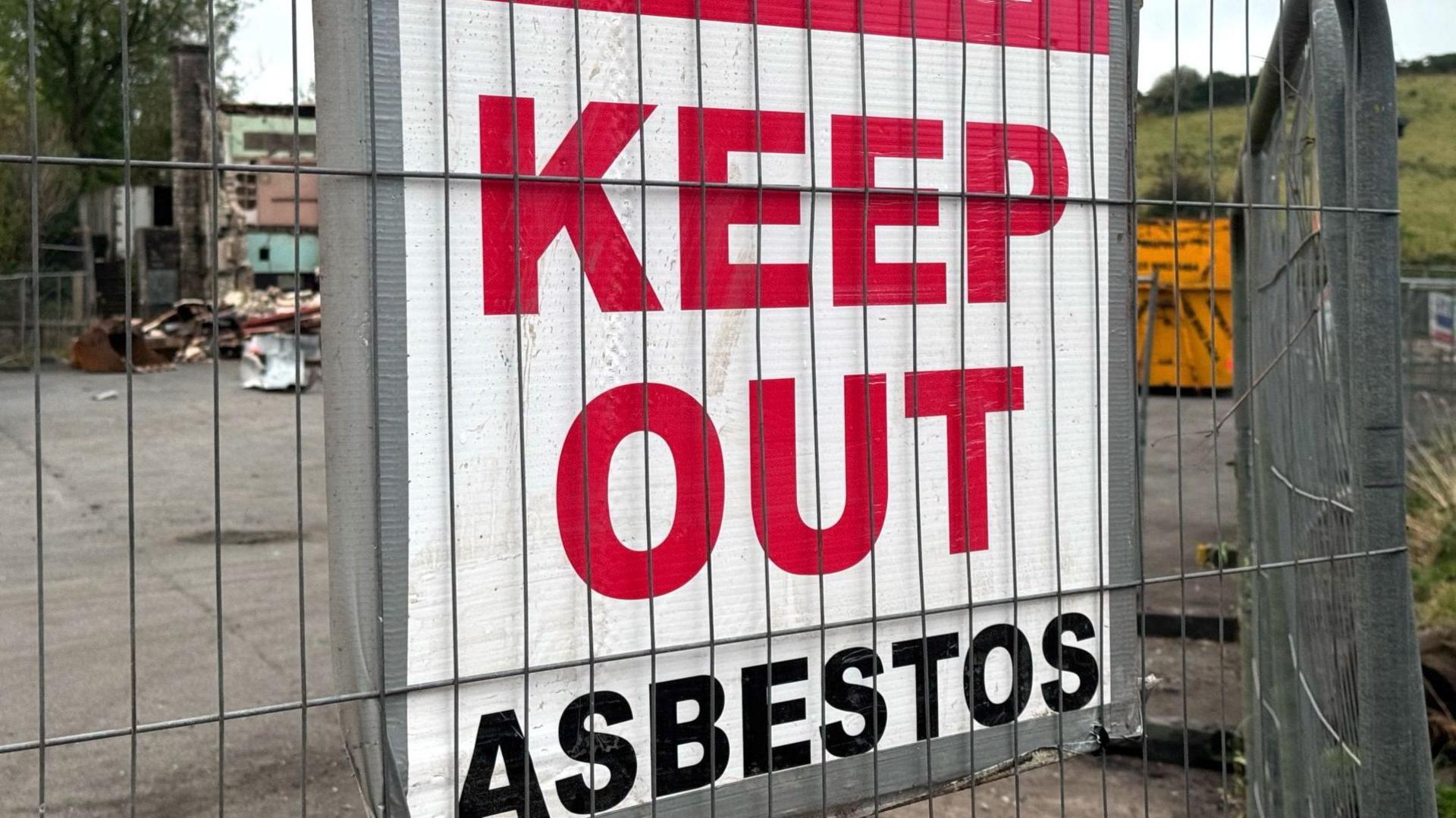
There have been more than 280 illegal asbestos dumping incidents in Northern Ireland
- Published
Asbestos has been illegally dumped 281 times in Northern Ireland since 2019, BBC News NI can reveal.
Asbestos was used in building materials until it was discovered that inhalation of fibres could cause cancers, but it is only considered dangerous when it is moved.
It is illegal to put asbestos in household waste and is supposed to be removed by specialist contractors to be disposed of at a licensed hazardous waste site.
The Northern Ireland Environment Agency (NIEA) said the latest figures showed waste crime still posed "a serious threat to our environment and to public health".
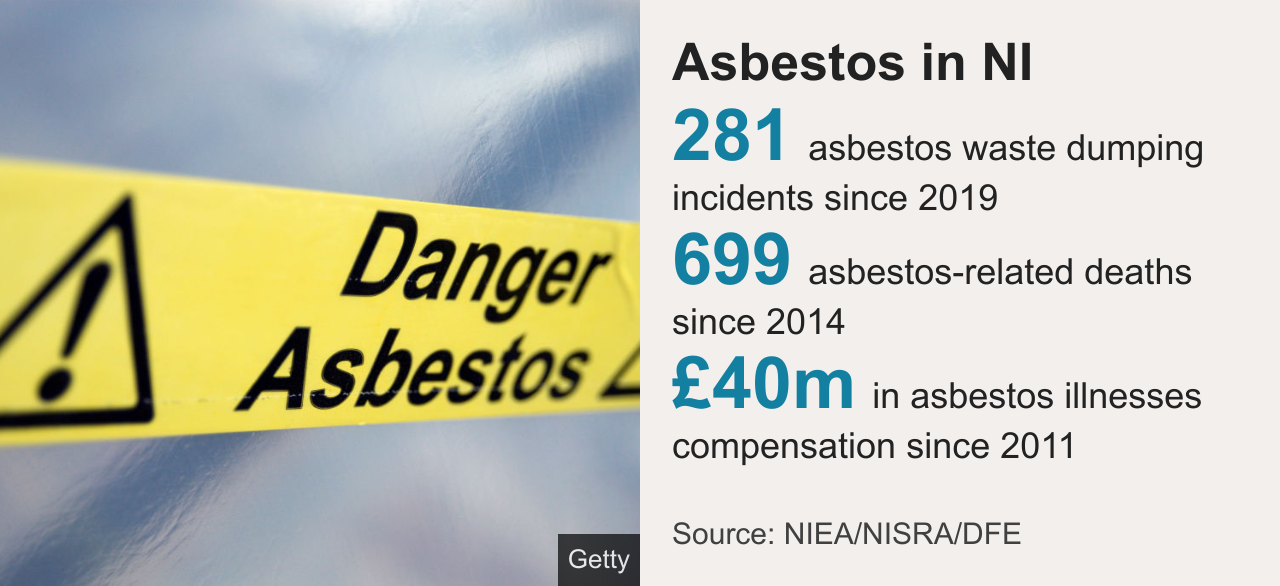
Millions of pounds have been paid out through government compensation schemes
A spokesperson added: "Asbestos is particularly dangerous when disturbed, making its professional removal a highly specialised, complex and delicate operation crucial for public safety."
In July the issue of asbestos material made headlines after it emerged a bonfire site in Belfast contained asbestos.
The NIEA subsequently removed about 20kg of the material from the site between the Donegall Road and the Westlink in the south of the city.
People in the area questioned why the asbestos had not been removed from the site before issues around the bonfire emerged.
Environment Minister Andrew Muir defended the NIEA's handling of removing the material, accusing political opponents of "finger pointing".
On Friday, Muir confirmed that the presence of asbestos at the site in Belfast was under criminal investigation.
Widespread problem
There have been more than 3,000 illegal dumping incidents recorded across Northern Ireland between 2019 and 2024 with material including everything from scrap metal to tyres.
But new figures obtained by BBC News NI showed that, after mixed waste and general construction waste, asbestos was the most common illegally-dumped material in Northern Ireland.
The law in Northern Ireland states that a licensed removal contractor must be used to dispose of asbestos, but it can often be an expensive process.
Failure to dispose of asbestos legally can result in prosecution and it is also the legal responsibility of the landowner to secure their land to prevent any illegal waste dumping.
Antrim and Newtownabbey Council Area had the highest number of illegal asbestos dumping incidents, with 44 recorded since 2019.
In 2022 MPs called for a 40-year deadline for all asbestos to be removed from public and commercial buildings.
Alan Lewis, a director at G&L consultancy in Northern Ireland, a company in Northern Ireland that provides asbestos management and removal services, said a lot of time and effort went into making asbestos removal safe.
"[We use] full enclosure air locks, negative pressure units, to keep the fibres within the area you're working in and drawing them out safely," he said.
"All asbestos waste needs to be packaged, labelled, taken from site and taken to the appropriate hazard waste disposal site."
Reacting to the asbestos dumping figures he said: "Those numbers are high and I understand why people are concerned.
"When it comes to illegal dumping, you could have situations where asbestos is being transported and not contained properly, broken up on transit and dumped on the side of the road."
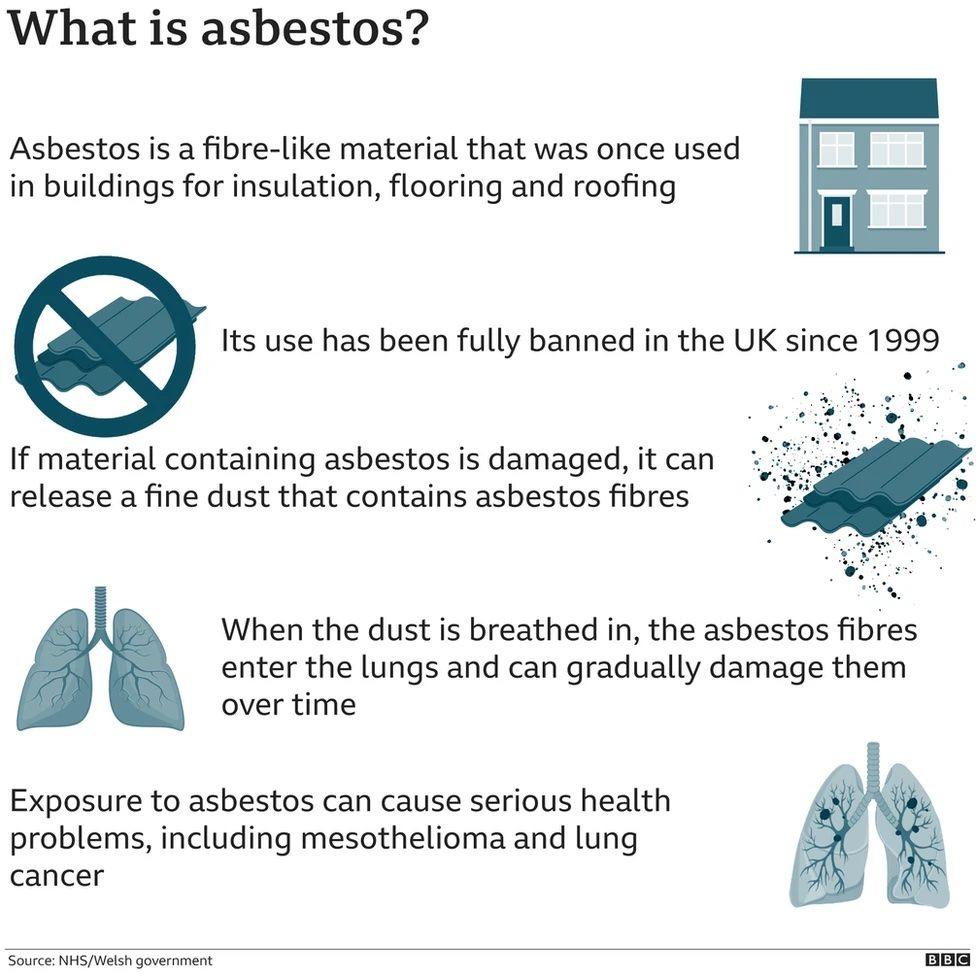
Asbestos was used in building materials until it was discovered that inhalation of fibres could cause cancers
A spokesperson for the Health and Safety Executive Northern Ireland said the removal of asbestos was considered "a specialist activity which requires planning, surveying and assessing".
Long-term, high-level exposure is needed to cause asbestosis and long-term, low-level inhalation exposure may cause lung disorders, such as asbestos-related cancer - mesothelioma.
Symptoms of mesothelioma can take decades to develop, and it is almost always fatal.
'Shocking'
The charity Mesothelioma UK said the latest figures on the illegal dumping of asbestos were "extremely concerning".
"We urge the UK government to establish a national task force to review and address every aspect of our shameful asbestos legacy," chief executive Liz Darlison said.
"The UK has the highest incidence of mesothelioma in the world, it is preventable and safe management and disposal of asbestos is at the root of the problem."
Between 2014 and 2023, there were 699 asbestos-related deaths in Northern Ireland.
Niamh Hagan's father died in 2022 soon after being diagnosed with mesothelioma.

Tony Rodgers died after asbestos exposure
Tony Rodgers had worked as a social worker all his life and his family said they had difficulty pinpointing any obvious exposure to asbestos.
"It really came as shock for our whole family when we found out that the type of cancer dad had was almost always caused by exposure to asbestos," Ms Hagan said.
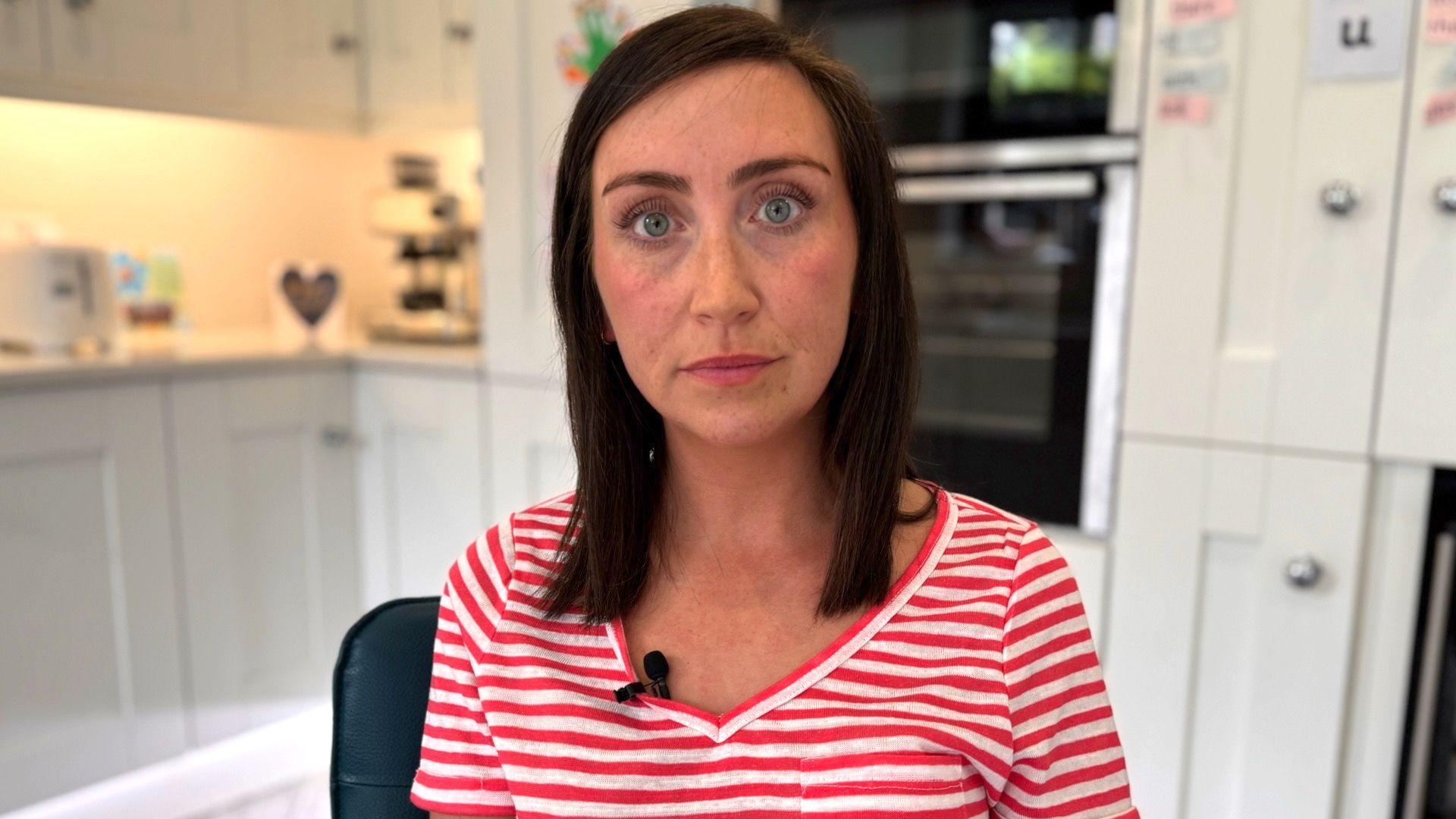
Niamh Hagan said the asbestos dumping figures made her angry
She said the amount of asbestos being illegally-dumped was disgraceful.
"As someone who has lost one of the people I loved most in the world because of an asbestos-related illness, those statistics just make me cross, it's shocking," she said.
"It's scary to think that there are places where this dangerous material is just being dumped and members of the public aren't aware aware of it, that anybody could just stumble across."
BBC News NI previously reported that millions of pounds had been spent on removing asbestos from healthcare buildings and schools in Northern Ireland.
The government has also paid out more than £40m in compensation for asbestos-related illnesses in Northern Ireland since 2011.
In March this year the BBC launched a podcast called Assume Nothing: Killer Dust.
It investigated the history and use of asbestos in the UK.
- Published5 March

- Published14 November 2022
